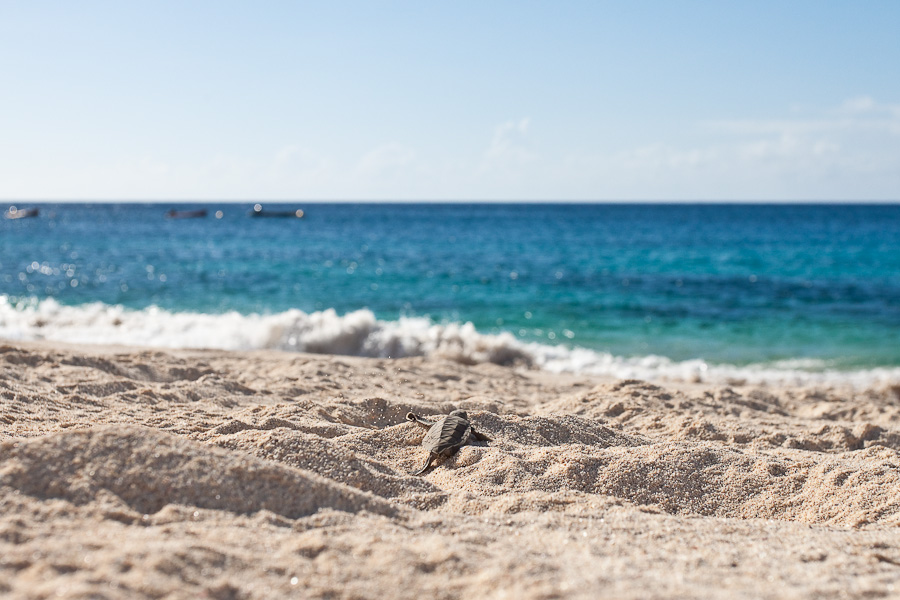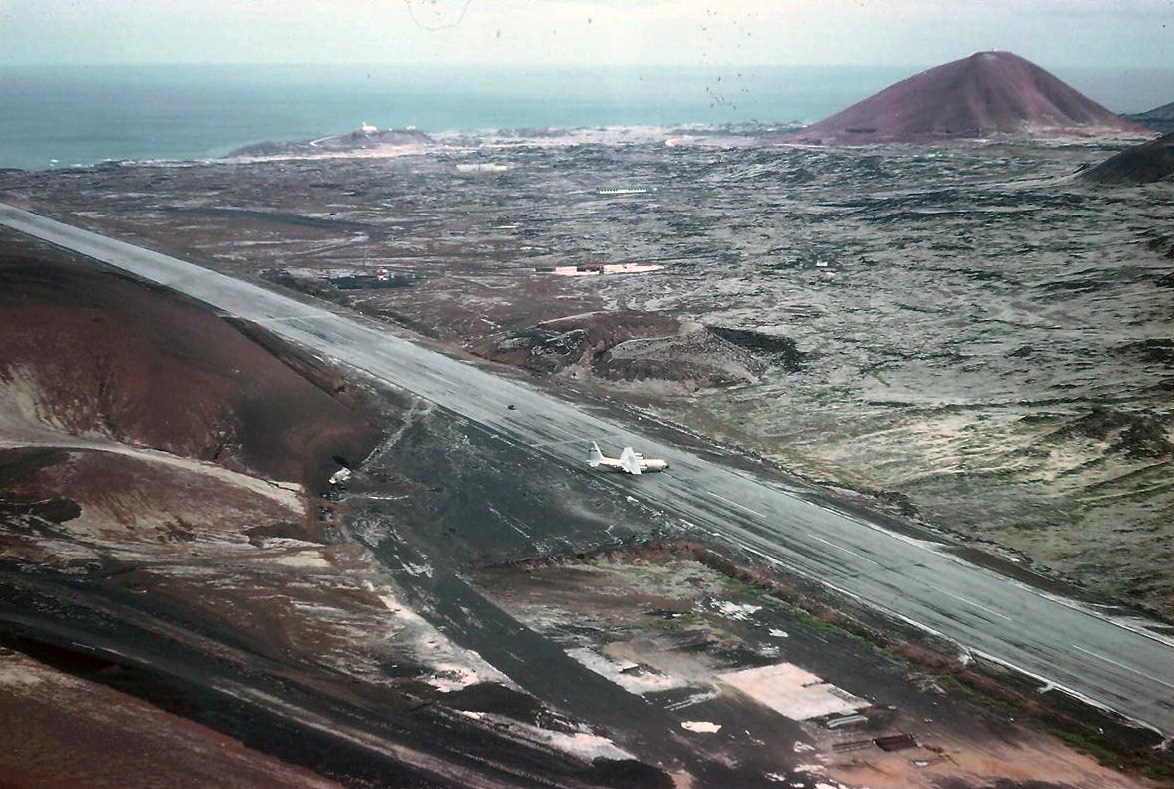

There is good documentation about Australian sailor John Henry Rowe, who arrived in his barque John Bull on 10 September 1825, though he did not land as his vessel was chased off by native canoes. on 23 December 1595 his description is brief, he made no attempt to land. It was later visited by the navigator Pedro Fernandes de Queirós, commanding the Spanish ship San Jeronimo. He charted it as San Bartolomé and called this one and the surrounding islands as Los Pintados (literally, "the painted ones" in Spanish) because the natives were frequently tattooed. Pohnpei's first European visitor was Spanish navigator Álvaro de Saavedra on 14 September 1529 shortly before his death, when trying to find the way back to New Spain. Pre-Spanish population estimates are deemed unreliable. Tribal wars included looting, destruction of houses and canoes and killing of prisoners. In theory, "all land belonged to the chiefs, who received regular tribute and whose rule was absolute." Punishments administered by chiefs included death and banishment. The tribes were organized on a feudal basis. Pohnpeian historic society was highly structured into five tribes, various clans and sub-clans each tribe headed by two principal chiefs. The Saudeleur Dynasty ended with the invasion of Isokelekel, another semi-mythical foreigner, who replaced the Saudeleur rule with the more decentralized nahnmwarki system in existence today. Arbitrary and onerous demands, as well as a reputation for offending Pohnpeian deities, sowed resentment among Pohnpeians. The Saudeleur centralized form of absolute rule is characterized in Pohnpeian legend as becoming increasingly oppressive over several generations. Pohnpeian legend recounts that the Saudeleur rulers, the first to bring government to Pohnpei, were of foreign origin. 1628) and Mwehin Nahnmwarki (Period of the Nahnmwarki, c. 1100) Mwehin Sau Deleur (Period of the Lord of Deleur, c. Pre-colonial history is divided into three eras: Mwehin Kawa or Mwehin Aramas (Period of Building, or Period of Peopling, before c. The earliest settlers were probably Lapita culture people from the Southeast Solomon Islands or the Vanuatu archipelago. The natives of Pohnpei, especially the 'older' generations, often refer to events in their past as having occurred, e.g., in "German times" or "before the Spaniards," which identifies the historical periods: Period It is one of the wettest places on Earth with an average annual recorded rainfall of 4,775 mm (188.0 in) in towns along the coast and about 7,600 mm (300 in) each year in certain mountainous locations. Pohnpei belongs to the tropical rainforest climate zone ( Köppen: Af).

The lagoons are rich in fish, molluscs, turtles and other marine fauna.Ĭlimate Kolonia Town looking down from Sokehs Ridge District center of Pohnpei Circa 1971 Pigs, rats and dogs were introduced pigs have become feral. The only land reptiles are a few species of lizard. A fifth endemic, the Pohnpei starling, is thought to have recently gone extinct. Pohnpei is home to several dozen bird species including four endemic species, the Pohnpei lorikeet, the Pohnpei fantail, the Pohnpei flycatcher and the long-billed white-eye. The highest point of the island is Mount Nanlaud at 772 or 782 metres.

#Call ascension island plus#
Geography Detailed map of Pohnpei, showing the borders of the five 'independent tribes' Senyavin Islands (Pohnpei plus two neighboring atolls) It is home to the ka tree ( Terminalia carolinensis) found only in Pohnpei and Kosrae. It is one of the wettest places on Earth with annual recorded rainfall exceeding 7,600 mm (300 in) each year in certain mountainous locations. Pohnpei contains a wealth of biodiversity. An important archaeological site, it was declared a national historic site in 1985. Pohnpei is home to the megaliths and ruined city of Nan Madol, built of artificial islands off the island's eastern shore beginning in the 8th or 9th century. Pohnpei Island is the largest with an area of 334 km 2 (129 sq mi), and a highest point of 782 m (2,566 ft), the most populous with 36,832 people, and the most developed single island in the FSM. Major population centers on Pohnpei include Palikir, the FSM's capital, and Kolonia, the capital of Pohnpei State. It belongs to Pohnpei State, one of the four states in the Federated States of Micronesia (FSM). Pohnpei (formerly known as Ponape or Ascension, from Pohnpeian: "upon ( pohn) a stone altar ( pei)") is an island of the Senyavin Islands which are part of the larger Caroline Islands group.


 0 kommentar(er)
0 kommentar(er)
